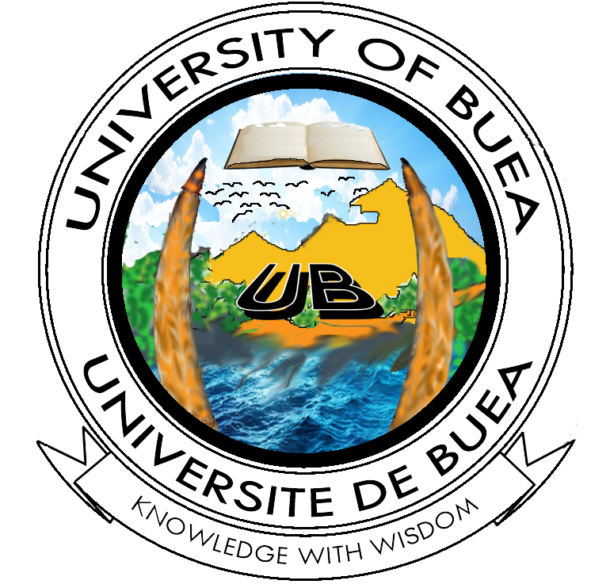| ZOO401: Comparative Vertebrate Anatomy and Embryology | 6 credits (40-10-10) |
Objectives
To study, on a comparative basis, the anatomy of the different organ systems, their origin and development from the fertilised ovum, and the application in medicine and animal husbandry.
Contents
A comparative study of the structure; function and evolution of chordate organ systems; gross and microscopic anatomy of the vertebrate through examination of the major organ systems including the skeletal, muscular; integumental, nervous; circulatory; respiratory; digestive, reproductive, excretory and sensory organs of vertebrates; dissection and study of representative vertebrates, especially the shark, toad, lizard, bird and mammal; an introduction to development and growth in animals through a study of gametogenesis, fertilisation, embryonic development, morphogenesis, organogenesis, histogenesis, differentiation, metamorphosis, regeneration and neoplasia; emphasis in the laboratory to be laid on chordate development taking as examples Amphioxus, frog, chick and pig embryos; Application in medicine and animal husbandry.


